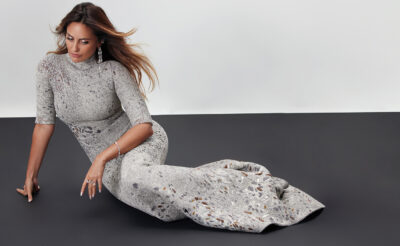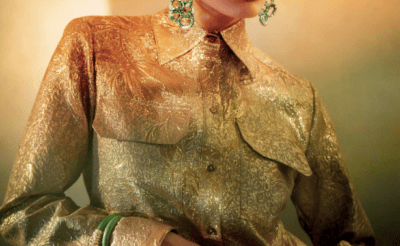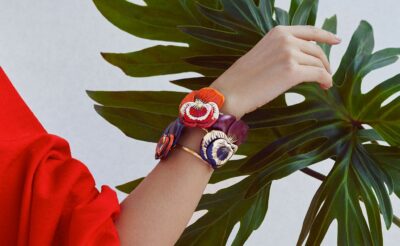Only a couple of generations ago, for a young woman, high jewellery meant heirlooms owned by matriarchs, to be one day handed down. It’s taken the appetites of millennials to persuade jewellery to become more palatable, more affordable and to speak directly to them
High jewellery has been upended by a generational shift in its traditional clientele, with heritage jewellery housesnow looking to appeal to the 21st century consumer. Where previous generations used their purchasing power to connote status, this one is more interested in self-expression and aligning itself with brands that represent a new outlook. Now is the time as younger, digitally savvy shoppers, to have our demands met by offerings far more in tune with our perspective.
In contrast to the luxury products and expectations of our predecessors for special occasions, the world of high jewellery is listening and rethinking store design, launching edgier, lower-priced collections and enlisting millennial favourites to promote them. To young fans of streetwear style, classic jewellery can seem old-fashioned, staid and something to be worn, or given, only on special occasions, so marketing has been shifted to make products relevant. “The younger generation of today is confident, well informed, and knows what they want. They take a considered, sustainable approach to their purchases and are drawn to jewellery for its longevity,” believes Lebanese jewellery designer Noor Fares.
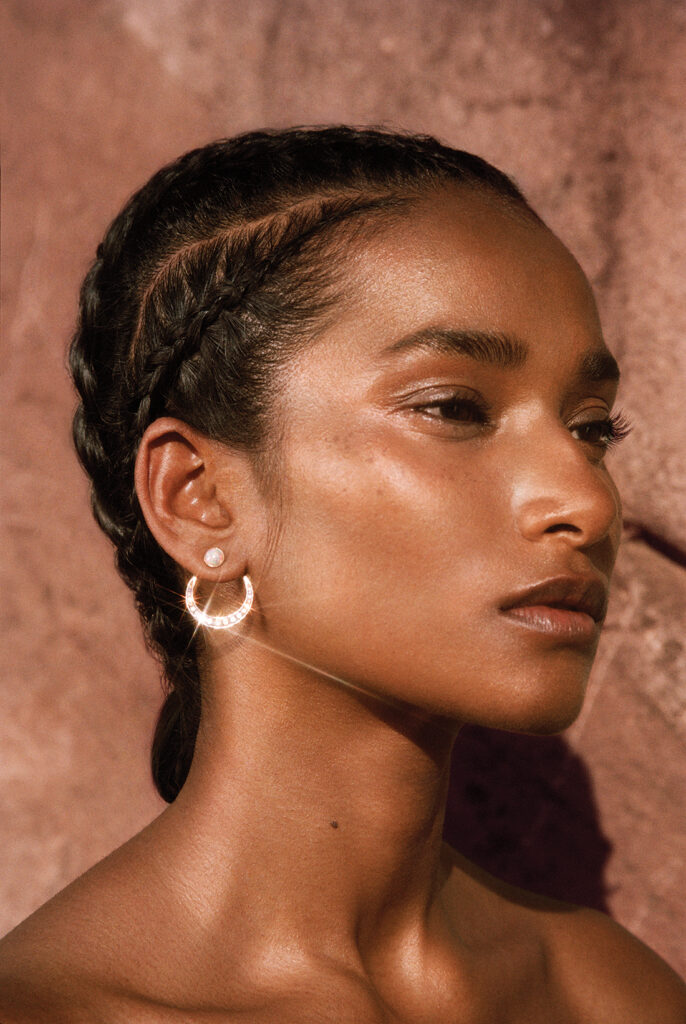
Noor Fare Prana collection
However, turning this new generation into customers requires modern products, storytelling and marketing. “Jewellery is still very much an emotive purchase,” explains Fares, “and the younger consumer wants to purchase meaningful jewellery that is aligned with their values. Its story allows the wearer to connect with the piece, and from this, the story continues with them.” But the challenge is two fold: designing pieces that appeal to young shoppers and then persuading them to buy jewellery for themselves at any time and not just as the occasional milestone gift.
“Millennials are always willing to take risks, they’re the ones most likely to buy the newest and most unique styles,” explains Duha Al-Ramadhan, Kuwaiti founder of jewellery boutique Aubade. This demand is met through evolving faster and creating new collections more frequently to garner appeal. Trends such as stacking of rings or dressing the ears with cuffs have helped develop today’s focus on a new confident fashion-conscious generation looking for a unique expression of individuality.“Millennial women are revolutionising the world of jewellery,” believes Yasmine Ghaemi, fine jewellery buyer at Ounass, who has seen exponential growth in the sector of demi-fine jewellery in particular, a category that bridges the gap between fine- and fashion jewellery. The nature of these pieces is that they allow you to mix, match and personalise for truly unique combinations.
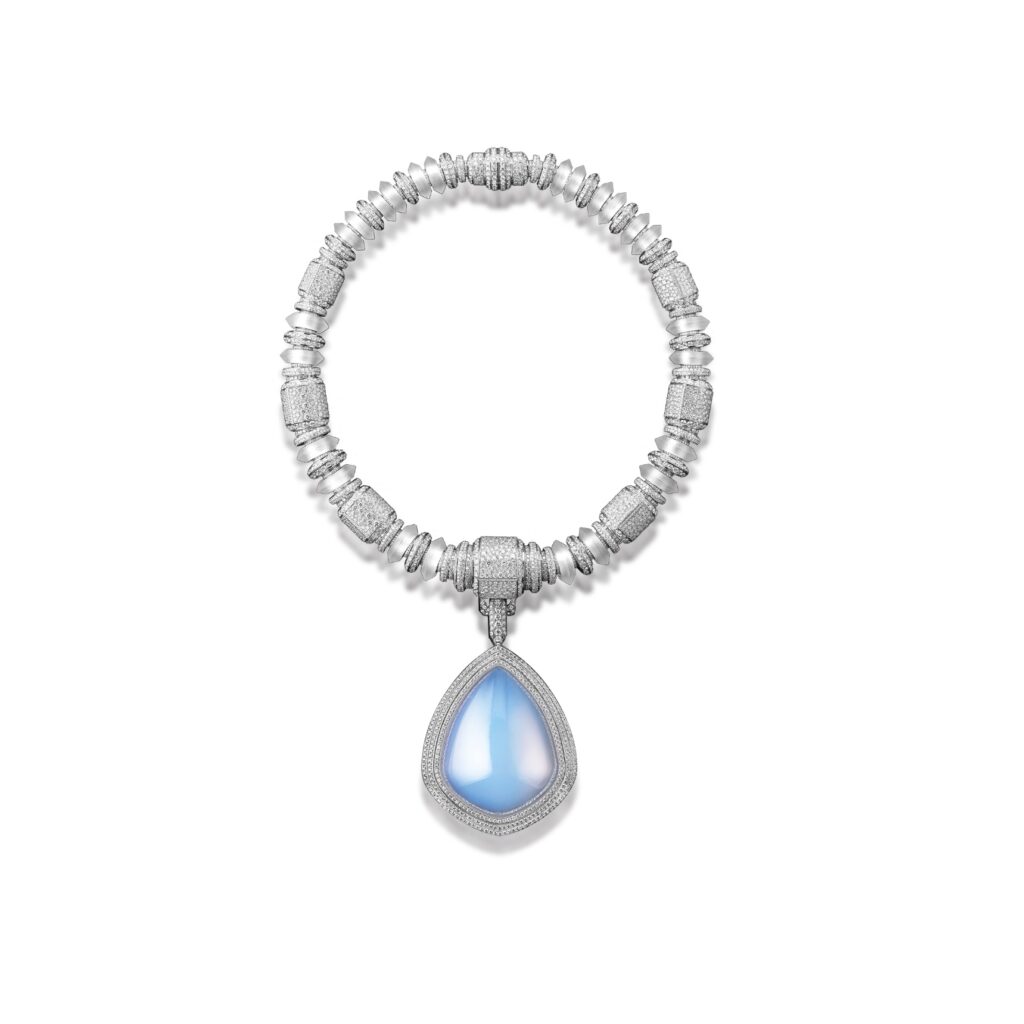
Boucheron’s Collier Goutte de Ciel necklace, designed with a new client in mind
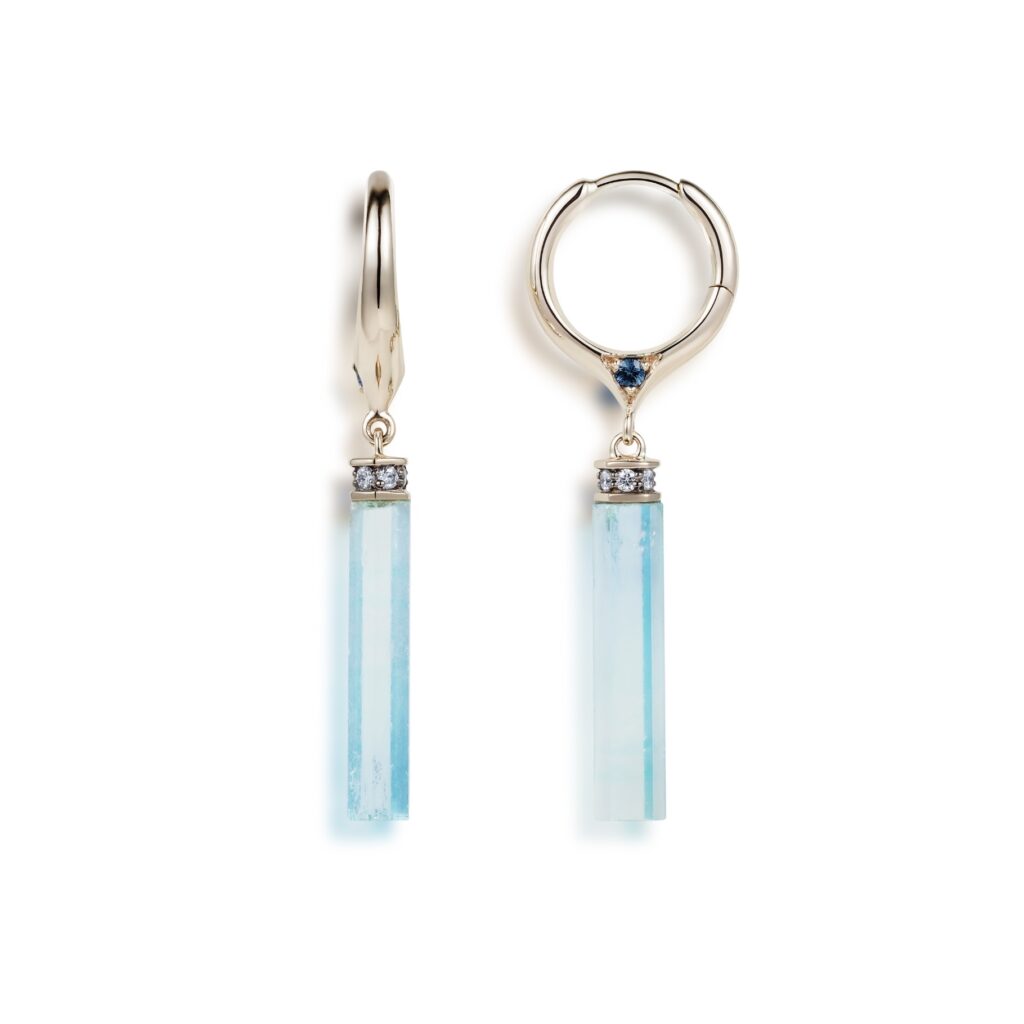
Aquamarine crystal earrings, Noor Fares
“It is this philosophy of being free to create, to create new techniques, to use new materials, to constantly try to keep up with the times that means even a 160-year-old Maison will naturally be able to continue like this,” suggests Claire Choisne, Creative Director at Boucheron. “Our philosophy remains unchanged, and this notion of innovation has been in the archives since our creation, to be different from the others, to push back the limits of technique and creation, to be bold, and to be innovative. We continue the philosophy and the result is only dierent because we are using new techniques or materials.”
Perfect examples of this new approach are collections Jack de Boucheron– which is inspired by cables – and the iconic Quatre line, which is graphic, urban and genderless. Each manages to transcend generation. “The more we advance, the more we realise that this notion of freedom is becoming more and more in connection with our times. A freedom not to put individuals in boxes. We do not want to see our jewellery in a vault – we want to imagine it worn,” suggests Choisne.
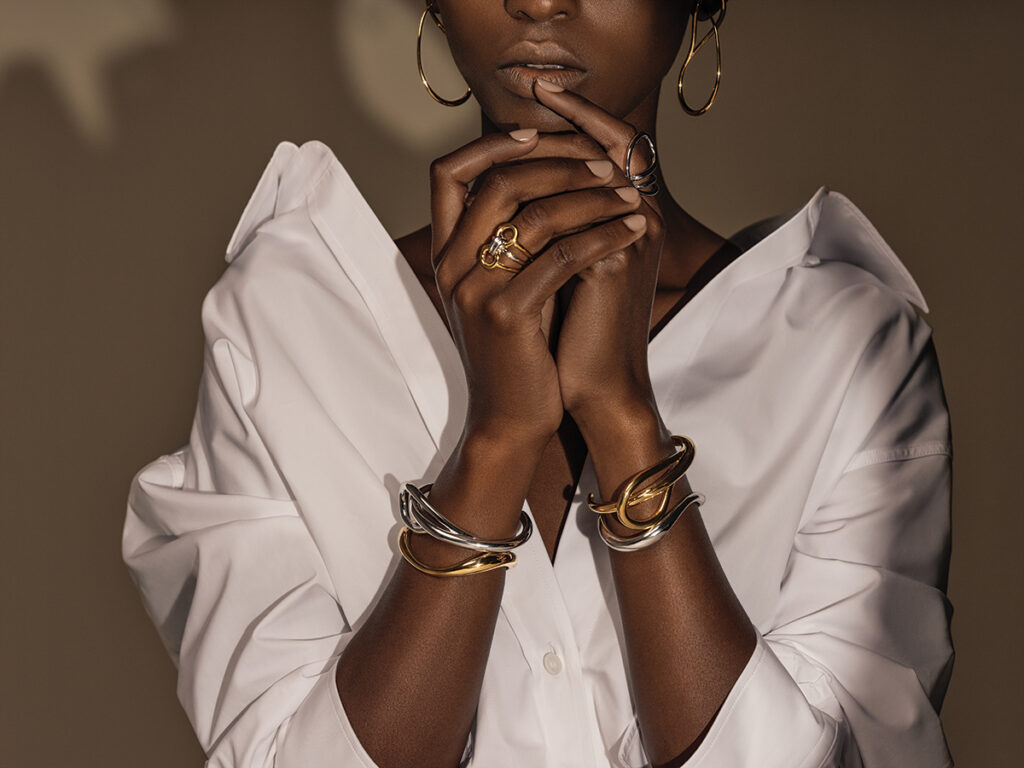
E-tailer Ounass’ has seen exponential growth in the area of demi-fine jewellery
Following fashion’s playbook for romancing millennials who are left unsatisfied by traditional, museum-like high- end boutiques, other high jewellery brands are following in Boucheron’s footsteps, whether that means designing products that customers can personalise, or flaunting their ethical sourcing and sustainability, together with making online- and in-store shopping distinctive through pop-up shops and limited-edition items.
There has also been an injection of young and emerging jewellery brands, which have driven a fresh, edgier perspective. “Brands have learned that in order to be relevant, they need to respond to this demand from a new generation,” explains Ghaemi. Fares designs pieces for her eponymous line with individuality and sustainability in mind. “Millennials care about where the materials come from,” she says. “ They understand craftsmanship,the symbolism, and the deeper meaning behind each design. We are always trying to innovate and develop existing craftsmanship techniques.”
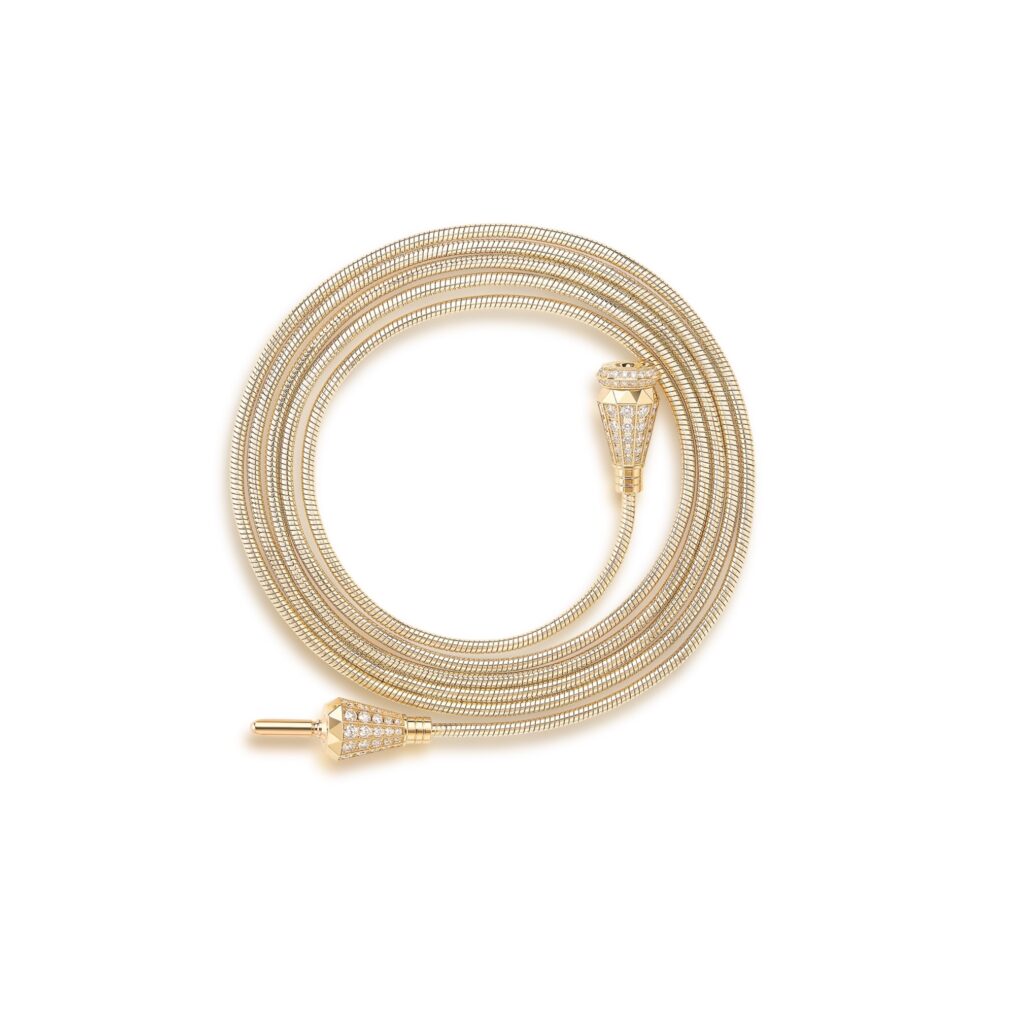
Jack de Boucheron by Noor Fares
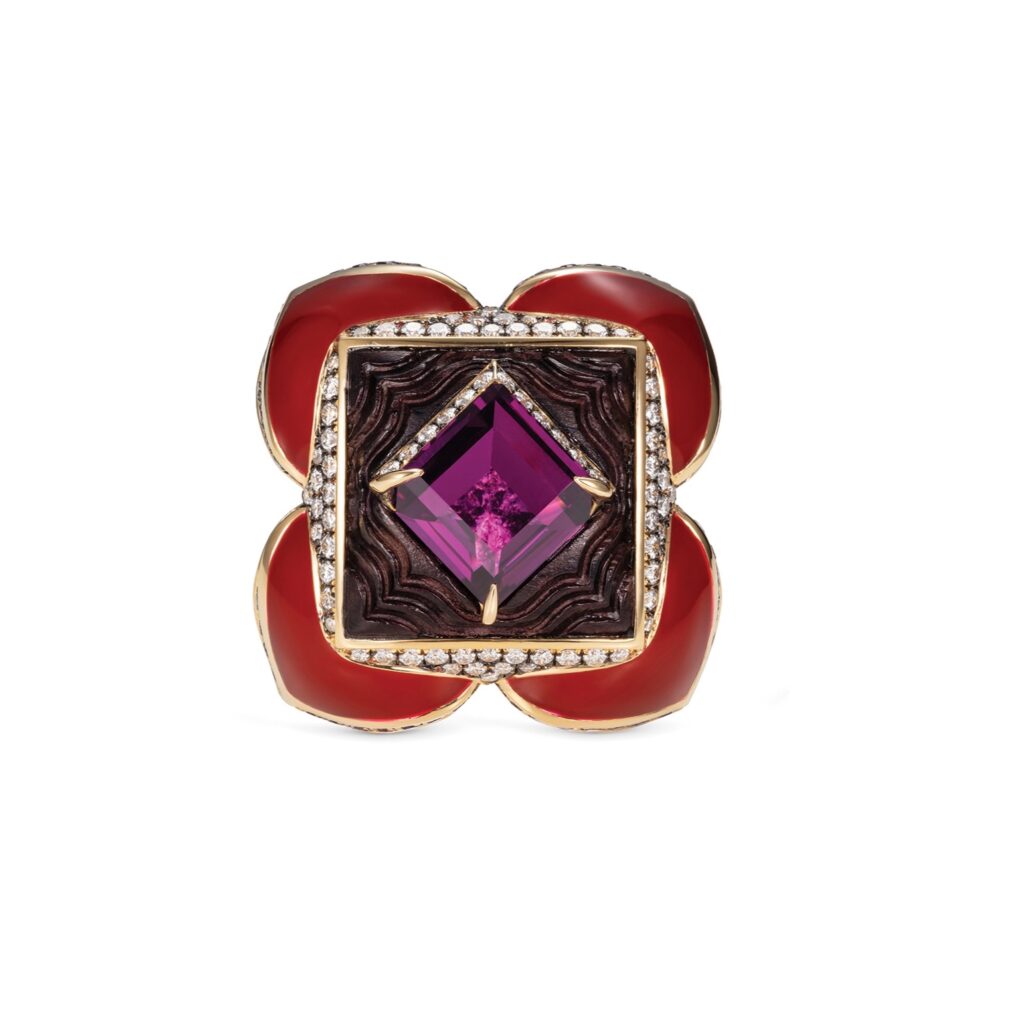
Ring by Noor Fares, featuring an untraditional mix of pink, red and brown precious gemstones
The customer-centric, open approach is a major departure from the revered aura of exclusivity that jewellers have been traditionally created. Apart from tailoring unique experiences for clients inreal life, communicating with clients online is also a priority for ne jewellery brands. Despite initial apprehension that such high-priced items would not perform positively online, fine jewellery has become one of the biggest growth categories fore-commerce players. “I always assumed that people love to interact with jewellery and need to see it before making such a purchase, especially for high- end items,” explains Al-Ramadhan. “But ever since the Coronavirus pandemic meant the availability of in-person shopping and travel became non- existent, clients really started making riskier purchases online.” This goes some way to explaining the proliferation of online partnerships, with Net-a-Porter, Ounass and Moda Operandi marketing and styling merchandise in new, more casual or fashion-forward ways.
Ghaemi has also seen a change in the way customers shop as the world adapts to the new normal. She believes that in times ofuncertainty we are more conscious about getting the ner thingsin life, and the one thing that remains certain is that jewellery will hold its value. “What was thought to be an almost only-in- person purchase, is now becoming more and more sought after online. It’s easy, convenient and you are able to see everything in the same place at once and in the comfort of your own home.”
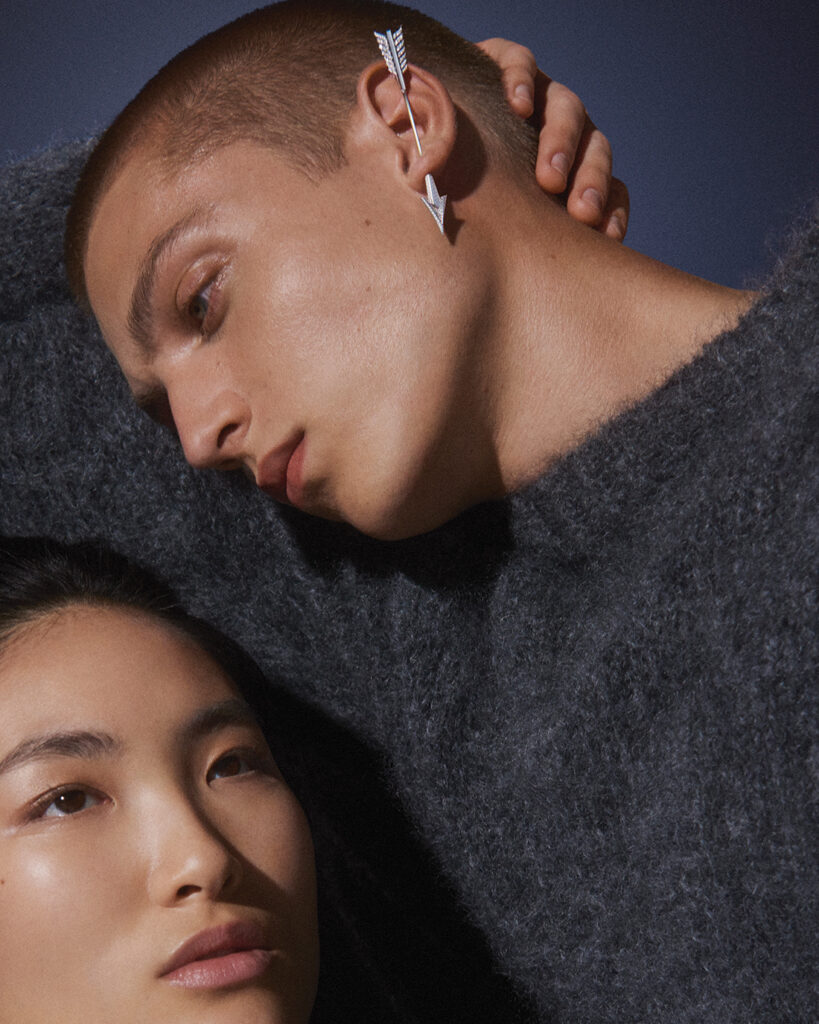
The Fleche du Temps earring from Boucheron
So as jewellery brands march forward into new realms, rethinking the code of the modern heirloom, Al-Ramadhan shares that her perspective on the new age of fine jewellery is that the presumptions that it’s unaordable and classic are no longer relevant. “Today, fine jewellery can be fun and playful, or formal and dressy, and cannot be conned to one category or style. It can be a piece you casually buy for yourself or a piece you have to save up for. Fine jewellery is whatever you want it to be, as long as it makes you happy.”
This is certainly an outlook that Choisne shares. “I don’t like the idea of creatingfor one type of person or one generation. We don’twant to put people in boxes, no matter what their age, their origins, their nationalities. For me, it’sreally about character, personality, and aspiration.”
Main image: Photogrhed by Rui Faria | For MOJEH 71
Read Next: Five minutes with fine jewellery designer Noor Fares
